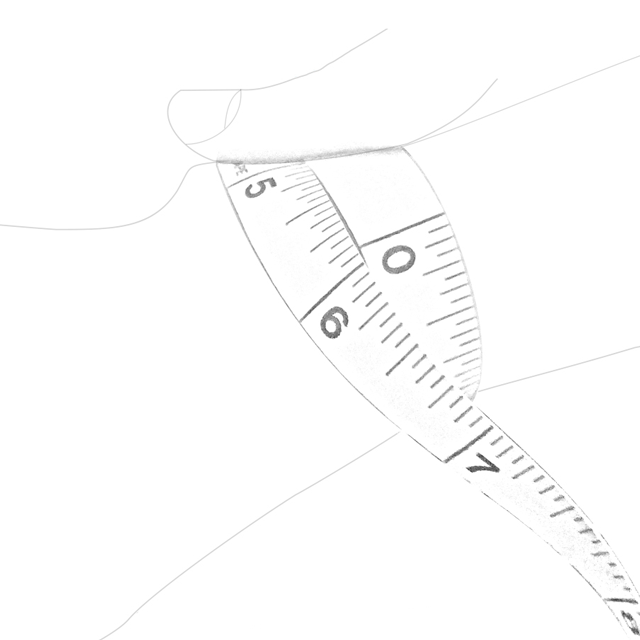Advanced Avionics and Autopilots – ESP vs. USP
As aircraft, avionics and autopilots become more advanced and packed with enhanced features, it’s even more important for pilots to know their airplane and fully understand its capabilities. There’s no question the fully integrated Garmin GFC 700 autopilot offers inherent advantages in safety, redundancy and reliability. While the GFC 700 and Garmin Integrated Flight Decks are loaded with a number of incredible features, Electronic Stability Control (ESP) and Underspeed Protection (USP) are two elements that are easily confused and both just happen to be available as an option on a number of aircraft flying in the skies today. Recently, I had a chance to try out both ESP and USP while in-flight where I realized just how powerful (and different) they really are. 
ESP functions independently from the aircraft’s autopilot system (although, it uses the same autopilot control servos) and operates in the background while the pilot is hand-flying the aircraft. A key element to grasping ESP is that the autopilot does not have to be engaged for it to provide the necessary control input. If the aircraft exceeds a predetermined bank angle (say, 45˚ of bank) or the nose of the aircraft drastically pitches up or down (let’s say 20˚), ESP will engage and provide a gentle nudge in the right direction to lessen the aircraft’s pitch attitude or bank angle. Even further, the correcting force becomes stronger if the aircraft bank or pitch angle gets further away from the recommended limits. As the pilot takes the action needed to reduce pitch/bank, ESP eventually fades.
 While not used often in “normal” flight conditions, if for example the pilot should become distracted while looking down at a checklist for a period of time and inadvertently put the aircraft in a steep, descending bank, ESP will nudge the flight controls back to straight-and-level flight. It is important to note that ESP does not provide unusual attitude recovery, rather think of ESP as a safety-enhancing assist. That said, when ESP has been engaged for more than ten seconds, the autopilot automatically engages with the flight director in Level Mode, bringing the aircraft into level flight. The flight director mode will indicate ‘LVL’ for vertical and lateral modes until the pilot commands otherwise.
While not used often in “normal” flight conditions, if for example the pilot should become distracted while looking down at a checklist for a period of time and inadvertently put the aircraft in a steep, descending bank, ESP will nudge the flight controls back to straight-and-level flight. It is important to note that ESP does not provide unusual attitude recovery, rather think of ESP as a safety-enhancing assist. That said, when ESP has been engaged for more than ten seconds, the autopilot automatically engages with the flight director in Level Mode, bringing the aircraft into level flight. The flight director mode will indicate ‘LVL’ for vertical and lateral modes until the pilot commands otherwise.
On the other hand, USP is an enhanced autopilot feature and differs in that it only functions while the  autopilot is engaged. If the autopilot is not engaged, USP will not correct for slow airspeed flight conditions. What type of flight condition might a pilot experience USP? Let’s say a pilot is on approach to land with the autopilot engaged. The pilot slowly reduces power, the aircraft pitches up and is now losing airspeed to the point where the aircraft is on the verge of exceeding its critical angle of attack and stalling. USP will engage and provide a gentle pitch-down force to lower the nose of the aircraft to regain airspeed and maintain an airspeed that prevents the aircraft from stalling while on approach to land.
autopilot is engaged. If the autopilot is not engaged, USP will not correct for slow airspeed flight conditions. What type of flight condition might a pilot experience USP? Let’s say a pilot is on approach to land with the autopilot engaged. The pilot slowly reduces power, the aircraft pitches up and is now losing airspeed to the point where the aircraft is on the verge of exceeding its critical angle of attack and stalling. USP will engage and provide a gentle pitch-down force to lower the nose of the aircraft to regain airspeed and maintain an airspeed that prevents the aircraft from stalling while on approach to land.
For today’s pilots, the more advanced an aircraft and/or the avionics, the more training is required – initial and recurrent. So, next time you’re up flying in any type of airplane, read up on the features and capabilities of the avionics and try out a new function you might not fully understand all that well. After all, nothing can take place of a pilot who is always learning, maintains currency and understands the capabilities of the airplane, avionics and of course, the autopilot.
The post Advanced Avionics and Autopilots – ESP vs. USP appeared first on Garmin Blog.
Sample Block Quote
Praesent vestibulum congue tellus at fringilla. Curabitur vitae semper sem, eu convallis est. Cras felis nunc commodo loremous convallis vitae interdum non nisl. Maecenas ac est sit amet augue pharetra convallis nec danos.
Sample Paragraph Text
Praesent vestibulum congue tellus at fringilla. Curabitur vitae semper sem, eu convallis est. Cras felis nunc commodo eu convallis vitae interdum non nisl. Maecenas ac est sit amet augue pharetra convallis nec danos dui.
Cras suscipit quam et turpis eleifend vitae malesuada magna congue. Damus id ullamcorper neque. Sed vitae mi a mi pretium aliquet ac sed elitos. Pellentesque nulla eros accumsan quis justo at tincidunt lobortis denimes loremous. Suspendisse vestibulum lectus in lectus volutpat, ut dapibus purus pulvinar. Vestibulum sit amet auctor ipsum.



